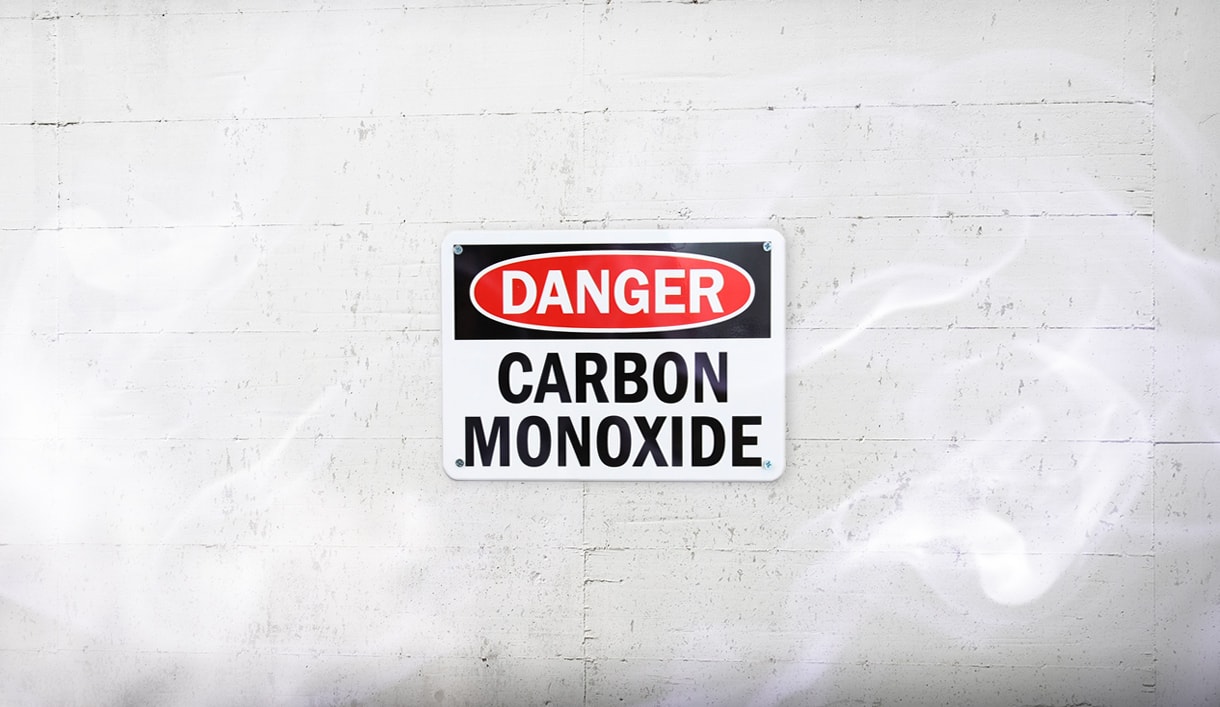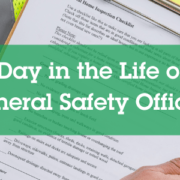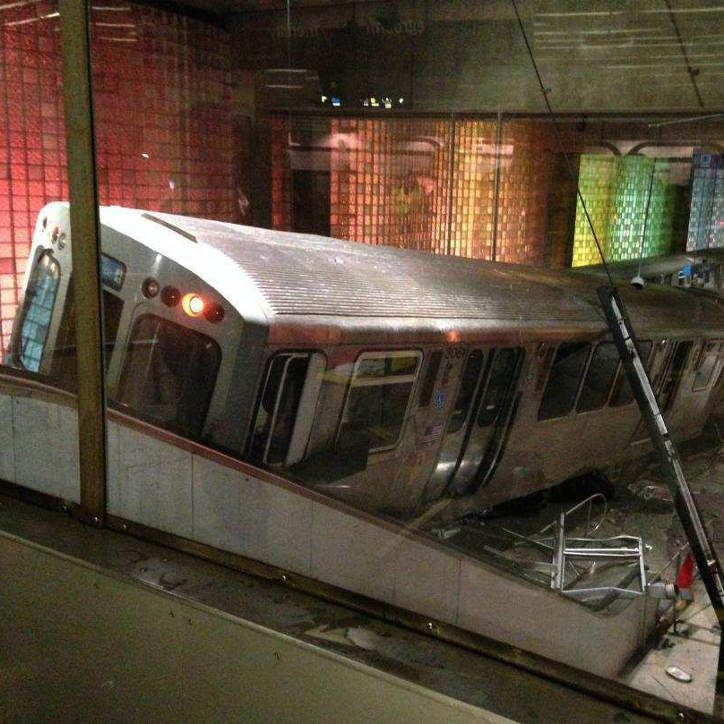Carbon Monoxide (CO) and Carbon Dioxide (CO2) Safety
Safety & Carbon oxide Gases, Know the Dangers and Protect Yourself
Do you know the differences between carbon monoxide (CO) and carbon dioxide (CO2)? If you don’t then there are no guarantees your safety measures will be adequate.
These two different gases are often mixed up with people becoming confused over which they need to protect against,,when and how. To clear things up for those not in the know here’s a quick rundown without all the technical confusion.
What do these Carbon CO and CO2 gases have in common?
While different in many respects the two gases have at least some things in common:
- Both gases are colourless and odourless, therefore being difficult for us to detect without equipment.
- They both affect the cardiovascular system.
- They can enter the body via inhalation, skin or eyes.
- They have some similar symptoms including headaches, dizziness and seizures.
- They can be produce at the same time i.e. a vehicle exhaust will produce both.
Key differences between the gases
Carbon Monoxide CO
- Doesn’t occur naturally and is the result of fuels not burning completely due to lack of oxygen.
- Common fuels which when improperly burnt omit CO include wood, petrol, coal, propane, natural gas, diesel, and heating oil.
- It is a common type of poisoning with around 200 cases and 50 deaths in the UK annually
- CO is flammable.
- Carbon monoxide enters your bloodstream and mixes with haemoglobin – the part of red blood cells that carries oxygen– which consequently creates a lack of oxygen around the body causing other cells and tissues to die off.
Carbon Dioxide CO2
- Occurs naturally and is a by-product of human and animal respiration, fermentation, chemical reactions, and combustion of fossil fuels/woods.
- Poisoning cases are rare and usually relate to mass natural discharges or bulk storage unit failure in confined spaces.
- Non-flammable and used in fire suppression systems.
- Main medical issue is asphyxia due to the replacement of oxygen with CO2
How does this affect the way we consider control measures?
Carbon Monoxide CO – Control Measures
This is the more likely occurrence and should always be considered both at home and at work. Potential sources of CO emission can include boilers, gas/open fires, to consider any exhaust emissions in a confined space such as generators or cars running in garages.
If there are ANY potential sources then it’s essential that you fit a CO detector – or multiple detectors on large premises – with an alarm and ensure that it’s maintained. Remember that the gas cannot be smelt or seen, with damaging health effects which may not be immediately apparent and could become serious or life threatening before they are identified.
Carbon Dioxide CO2 – Control Measures
As carbon dioxide is heavier than air, fatalities from asphyxiation typically occur when there are high concentrations inside confined spaces lacking ventilation, ultimately displacing the areas oxygen. However, it’s also entirely possible for CO2 to accumulate in outdoor depressions or trenches from leaks, particularly if there’s a pressurised release and/or the CO2 is colder than the surrounding air.
Carbon dioxide is less likely to occur in the home and build ups would normally occur in conjunction with CO emissions, being prevented in the same manner as the above.
Again though, a specific detector should be used when significant sources are identified; being predominantly required for the detection of dangerous levels of carbon dioxide within confined spaces, breweries, laboratories and cellars usually due to the possibility of leaking cylinders or pipework.
Stuart Nixon









Leave a Reply
Want to join the discussion?Feel free to contribute!